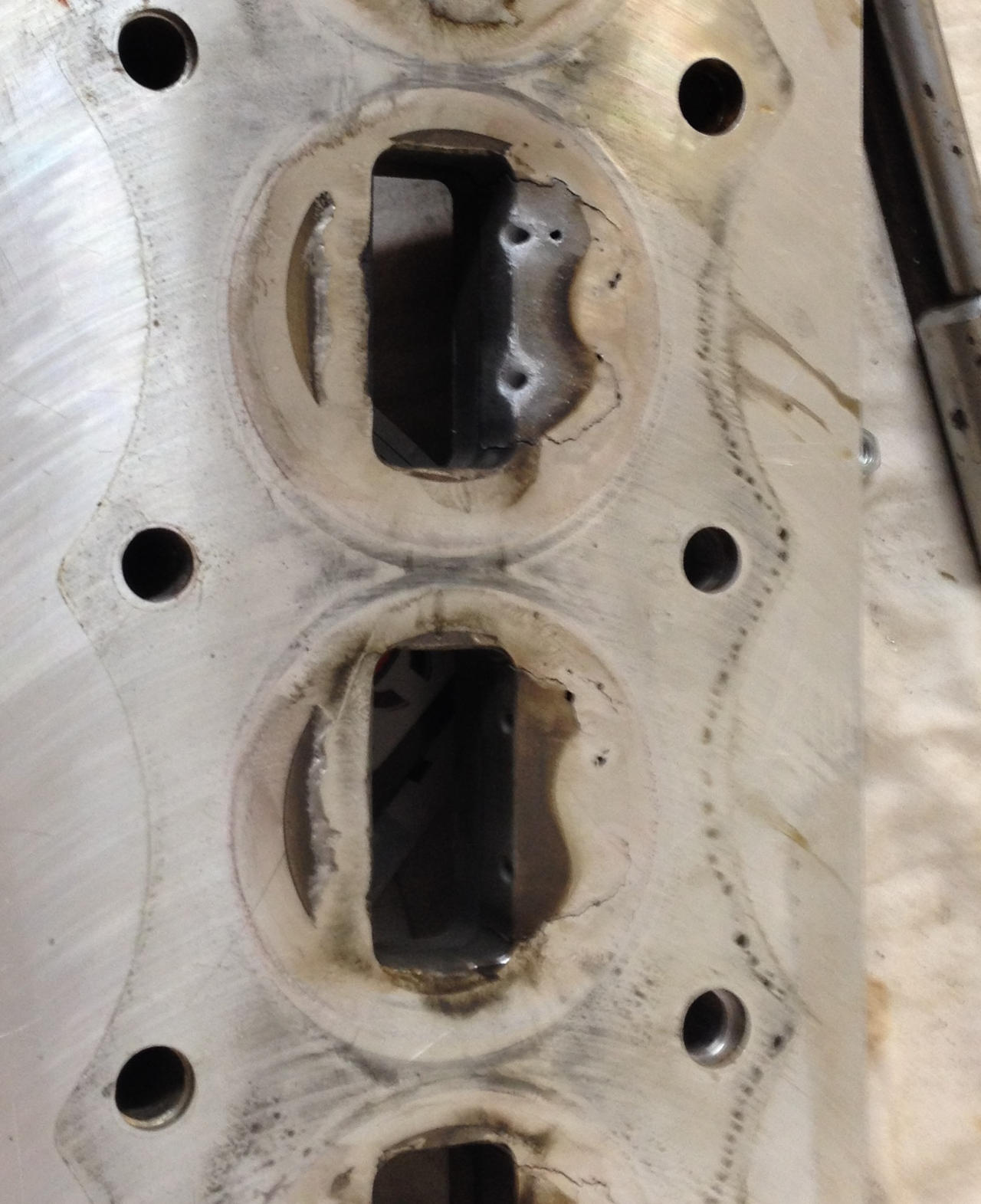vorticism wrote: ↑28 Apr 2022, 15:52
Stu wrote: ↑28 Apr 2022, 06:55
….and originally that curve was just a cap from 10,500rpm on. Only after Ferrari were assumed to be “cheating” was a true curve introduced. But all of the noise about ‘fooling the sensor’ drowned out the bigger regulation change of a mandated peak fuelling ‘map’ to cover the full operating range of the engine in relation to engine speed/throttle operation.
What's the distinction between setting a fuel curve and an engine/throttle map?
Prior to March 2020 the fuel flow was regulated as being at a maximum of 100kg/hr at 10,500rpm and beyond, since then it has become
“ 5.2.3 Fuel mass flow must not exceed 100kg/h.
5.2.4 Below 10500rpm the fuel mass flow must not exceed Q (kg/h) = 0.009 N(rpm)+ 5.5.
5.2.5 At partial load, the fuel mass flow must not exceed the limit curve defined below:
- Q (kg/h) = 10 when the engine power is below -50kW
- Q (kg/h) = 0.257 x engine power (kW) + 22.85 when the engine power is above -50kW”
Perspective - Understanding that sometimes the truths we cling to depend greatly on our own point of view.

